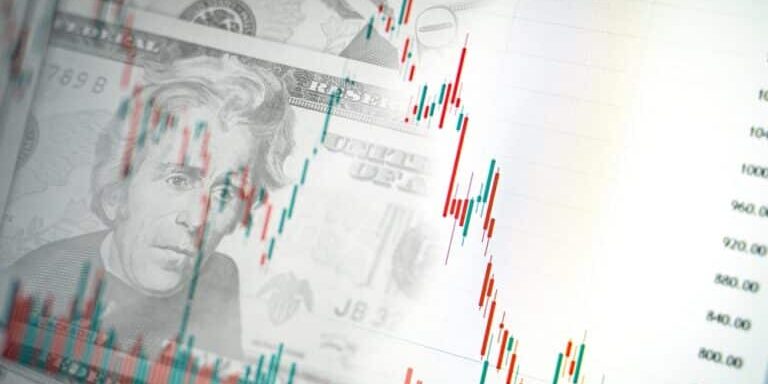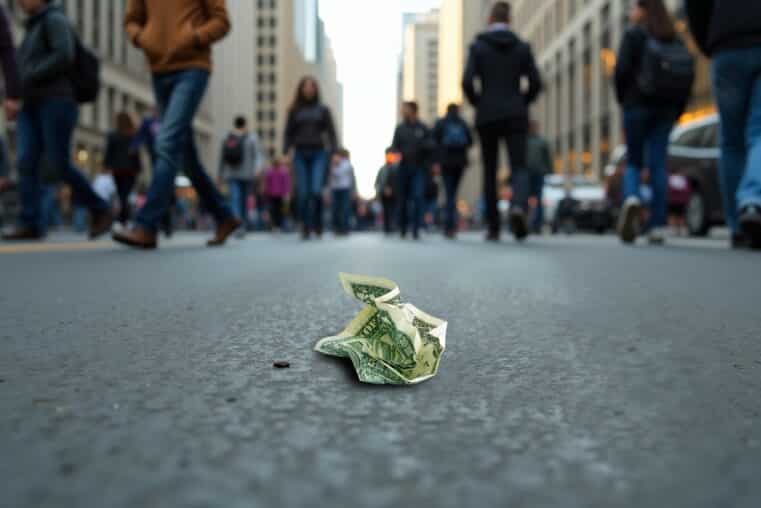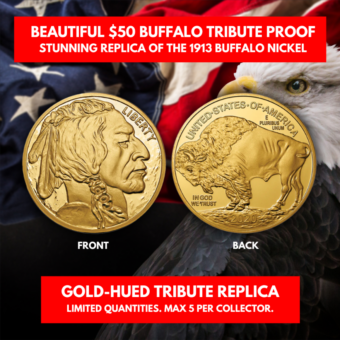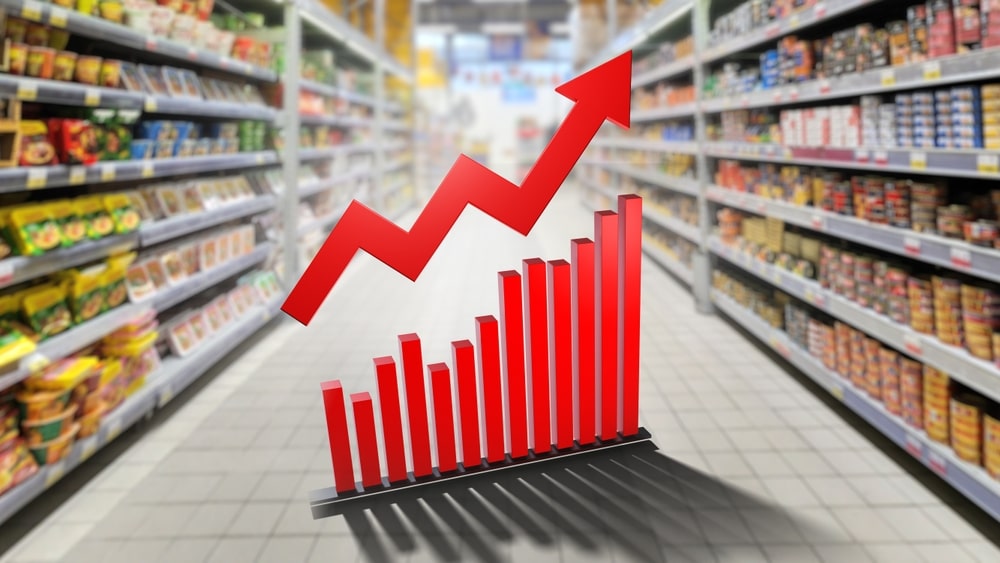
The Great Dollar Flip: Why the World Is Dumping U.S. Risk
The Death of the Dollar Smile
For decades, the dollar was the global life raft—rising in boom times on U.S. growth, and again in busts as the ultimate safe haven. Wall Street coined it the “dollar smile,” and it became gospel among risk managers and hedge funds alike. But the smile is gone now, replaced by a confused snarl that reflects the world’s shifting sentiment: the U.S. isn’t safe anymore. It’s the source of instability.
On “risk-off” days—those fearful market moments when capital should have flooded into Treasuries and the greenback—we’re seeing the opposite. The dollar drops. Treasuries slump. Investors aren’t seeking shelter in America. They’re selling it.
“Sell the USA”: The Message from Global Markets
Philip Diehl, former U.S. Mint director turned precious metals executive, summed it up bluntly: global investors want out. “Sell the USA,” he told Axios. And they're not just shifting out of U.S. stocks—they're exiting the entire American asset complex. The result? A gold rush. Literally. Prices have blown past $3,500 an ounce, up more than 25% this year alone.
Why gold? Because unlike the dollar, gold can’t be printed, frozen, or weaponized. It doesn’t answer to the Federal Reserve, and it sure as hell doesn’t bend to White House executive orders. It’s the ultimate protest vote against fiat decay—and right now, that protest is going global.
The Dollar as a Risk Asset
What we’re witnessing is more than market mechanics—it’s a systemic transformation. JPMorgan’s latest note says it plainly: the dollar has lost its “safe-haven bid.” That means the market now treats it like a stock or corporate bond—something to hold during bullish phases, and dump when the wind turns. That’s an astonishing reversal from the dollar’s Cold War and post-9/11 legacy as the ultimate anchor asset.
And the reason is obvious: this isn’t your grandfather’s America. We don’t export stability anymore—we export shocks. From abrupt tariffs to regulatory overreach to trillion-dollar deficits disguised as stimulus, U.S. policy now adds risk to the global system. And capital is voting with its feet.
Inflation: The Real Yield Killer
At the heart of this exodus is inflation. Not the kind massaged by Bureau of Labor Statistics “adjustments,” but the kind that eats through real yields. In the currency world, real yield = interest rate minus inflation. So even with the Fed keeping nominal rates high, if inflation expectations rise faster, then real yields fall. That’s exactly what’s happening. And as real yields collapse, so does the dollar’s appeal.
Tariffs, global trade friction, and a loss of confidence in U.S. governance are driving these inflationary expectations. And with every new shock—be it a Fed flip-flop or a failed debt ceiling stunt—more investors conclude the obvious: the U.S. dollar is no longer priced for stability. It’s priced for crisis.
What Comes Next:
We are not witnessing a market hiccup. This is a paradigm shift—one that could see the dollar lose its reserve currency privilege faster than most think possible. And when that domino falls, everything tied to it—pensions, savings, 401(k)s, even the banks you trust—could go with it.
If you’re not preparing now, you’re already behind.
✅ Download Bill Brocius’ urgent guide, “7 Steps to Protect Your Account from Bank Failure”
✅ Get Bill’s essential read, The End of Banking As You Know It
✅ Join the Inner Circle newsletter for $19.95/month and get the information Wall Street won’t share until it’s too late.
The dollar is no longer your shield. Time to build your own.











